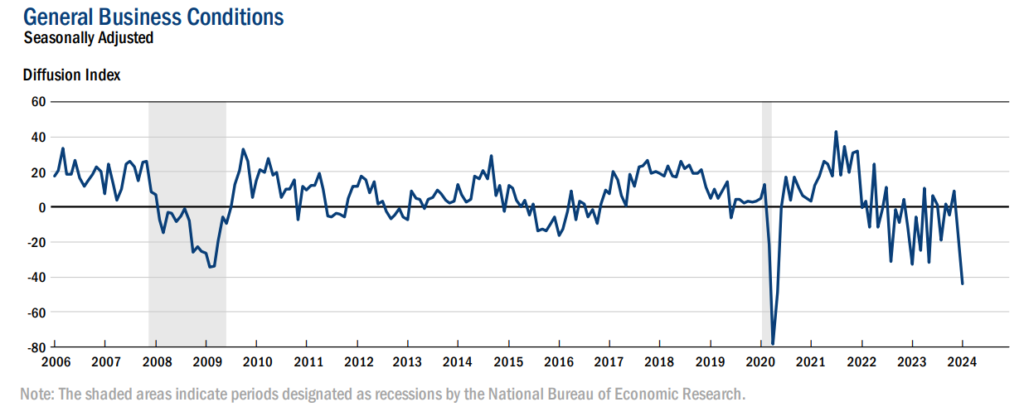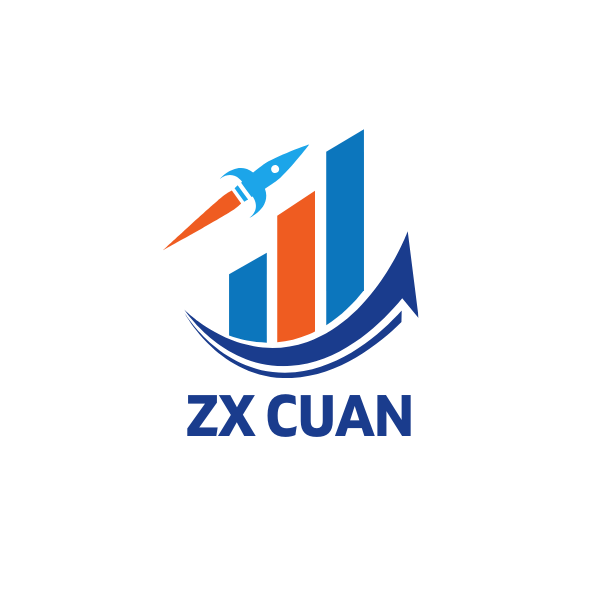As we set our sights on 2025, the US stock market stands at a pivotal juncture, influenced by a convergence of technological advancements, economic policies, and global trends. For investors, understanding the forces shaping the market is crucial to making informed decisions. This comprehensive forecast will delve into the expected trends, potential challenges, and strategic insights necessary for navigating the US stock market in 2025. Our goal is to equip you with the knowledge and tools to align your investment strategies with the evolving financial landscape.

Understanding the Current Market Dynamics
As we navigate the complexities of the modern financial landscape, understanding the current market dynamics is crucial for investors, businesses, and policymakers. The interplay between economic indicators, technological advancements, and geopolitical factors creates a multifaceted environment that influences market behavior. In this comprehensive exploration, we will delve into each of these dimensions, providing insights and analysis to help you make informed decisions and strategies.
Economic Indicators: The Pulse of Market Health
Interest Rates and Monetary Policy
Interest rates, set by central banks like the Federal Reserve, are a fundamental lever of monetary policy that influences economic activity. Changes in interest rates can have far-reaching effects on borrowing costs, consumer spending, and investment decisions.
- Impact on Borrowing and Spending: Lower interest rates generally reduce the cost of borrowing, encouraging consumer spending and business investments. Conversely, higher rates can dampen economic activity by increasing loan costs.
- Influence on Inflation: Central banks may adjust interest rates to control inflation, aiming to maintain a stable economic environment. Understanding these policy moves is essential for anticipating market shifts.
Inflation and Purchasing Power
Inflation, the rate at which prices for goods and services rise, affects purchasing power and economic stability. It is a critical indicator of economic health and influences both consumer behavior and corporate profitability.
- Cost of Living: Rising inflation can erode consumer purchasing power, leading to reduced spending on non-essential goods and services.
- Corporate Margins: Companies may face increased production costs due to inflation, impacting profit margins and stock valuations.
Employment and Labor Market Dynamics
The employment landscape is a key driver of economic growth, influencing consumer confidence and spending patterns. Labor market conditions can signal the health of the economy and affect market sentiment.
- Unemployment Rates: Low unemployment typically indicates a robust economy, with more individuals earning wages and contributing to consumer spending.
- Wage Growth: Rising wages can boost disposable income but may also contribute to inflationary pressures if not matched by productivity gains.
Technological Advancements: The Catalyst for Change
Digital Transformation and Innovation
Technological innovation continues to reshape industries and markets, driving efficiency and creating new opportunities. The rapid pace of digital transformation is a critical factor in market dynamics.
- Artificial Intelligence and Automation: AI and automation are revolutionizing sectors such as manufacturing, healthcare, and finance, enhancing productivity and creating competitive advantages.
- Blockchain and Cryptocurrency: The rise of blockchain technology and digital currencies is transforming financial systems, offering decentralized alternatives to traditional banking and investment practices.
E-commerce and Consumer Behavior
The growth of e-commerce has fundamentally changed consumer behavior and retail dynamics, with significant implications for market performance.
- Online Retail Growth: E-commerce platforms provide consumers with convenience and variety, driving shifts in traditional retail market shares.
- Data-Driven Marketing: Companies leverage data analytics to personalize marketing efforts and improve customer engagement, enhancing competitive positioning.
Geopolitical Influences: Navigating Global Uncertainty
Trade Policies and International Relations
Geopolitical events and trade policies play a significant role in shaping market dynamics, impacting supply chains, tariffs, and cross-border investments.
- US-China Relations: Tensions between the US and China, particularly concerning trade and technology, can influence market volatility and sector performance.
- Brexit and European Union Dynamics: The UK’s exit from the EU and ongoing negotiations affect regulatory environments and market access for businesses operating in Europe.
Political Stability and Economic Growth
Political stability is a cornerstone of economic growth, influencing investor confidence and market conditions.
- Regulatory Changes: Shifts in government policies and regulations can create uncertainty, affecting industries such as healthcare, energy, and finance.
- Global Conflicts: Geopolitical conflicts and tensions can disrupt markets, impacting commodity prices and investor sentiment.
Key Trends and Predictions for 2025
As we look toward 2025, the US stock market is poised for significant evolution, influenced by a myriad of factors ranging from technological advancements to geopolitical shifts. For investors and market enthusiasts, understanding these key trends and predictions is essential for making informed decisions and strategically positioning portfolios. This article explores the anticipated developments in the US stock market for 2025, providing a comprehensive analysis of sector-specific outlooks, technological impacts, and geopolitical influences.
Technology and Innovation: Driving Market Transformation
The Rise of Artificial Intelligence and Automation
Artificial intelligence (AI) and automation continue to reshape industries, offering increased efficiency and new opportunities for growth. These technologies are expected to drive significant advancements across various sectors.
- Impact on Industries: AI and automation are transforming manufacturing, healthcare, and finance, enhancing productivity and competitive advantage. Companies leveraging these technologies are likely to see increased valuation and investor interest.
- Investment Opportunities: Investors should consider companies that are at the forefront of AI development, including those involved in machine learning, robotics, and data analytics.
Blockchain and Cryptocurrency Integration
Blockchain technology and cryptocurrencies are gaining traction as more industries explore decentralized solutions and digital assets.
- Financial Services Revolution: Blockchain is poised to revolutionize financial services by providing secure, transparent, and efficient transaction processes. Companies adopting blockchain technology may experience growth due to increased efficiency and reduced costs.
- Cryptocurrency Adoption: As cryptocurrencies gain mainstream acceptance, they present both opportunities and challenges for investors. Understanding the regulatory landscape and technological advancements will be crucial for navigating this evolving market.
Sector-Specific Outlooks: Identifying Growth Opportunities
Renewable Energy and Sustainability
The global shift toward sustainability is driving growth in the renewable energy sector, with significant implications for the US stock market.
- Emerging Technologies: Solar, wind, and battery storage technologies are expected to attract substantial investment as governments and corporations prioritize clean energy solutions.
- Policy Support: Government incentives and international agreements focused on reducing carbon emissions are likely to bolster the growth of renewable energy companies.
Healthcare and Biotechnology
The healthcare and biotechnology sectors remain at the forefront of innovation, driven by demographic shifts and technological advancements.
- Focus Areas: Gene therapy, personalized medicine, and telemedicine are key areas of growth, offering potential breakthroughs in treatment and patient care.
- Regulatory Considerations: Companies must navigate complex regulatory environments to bring new products to market, presenting both opportunities and risks for investors.
Technology and Telecommunications
The technology and telecommunications sectors are set for continued expansion, fueled by digital transformation and increasing connectivity.
- 5G Expansion: The rollout of 5G networks is expected to drive innovation and economic growth, enabling new applications and services across industries.
- Cybersecurity Demand: As digital threats evolve, the demand for robust cybersecurity solutions will increase, presenting investment opportunities in companies specializing in data protection and threat management.
Geopolitical Influences: Navigating Global Uncertainty
US-China Relations
The relationship between the United States and China remains a critical factor influencing global markets, with implications for trade, technology, and investment.
- Trade Policies: Ongoing trade negotiations and tariffs will impact sectors such as technology, agriculture, and manufacturing, affecting supply chains and market dynamics.
- Technology Competition: The race for technological supremacy, particularly in AI and semiconductor development, will shape investment opportunities and regulatory landscapes.
European Union Dynamics
The European Union’s economic policies and trade agreements will influence US companies with European exposure, affecting market access and regulatory compliance.
- Brexit Implications: The UK’s exit from the EU continues to create uncertainty, with potential impacts on trade, investment, and financial services.
- Regulatory Alignment: Companies must adapt to evolving EU regulations, particularly in areas such as data protection and environmental standards, to maintain market presence.
Strategic Investment Insights: Preparing for 2025
Diversification and Risk Management
In an environment characterized by volatility and uncertainty, diversification remains a fundamental strategy for mitigating risk and optimizing returns.
- Asset Allocation: Diversifying across asset classes, sectors, and geographies can help manage exposure to market fluctuations and capitalize on growth opportunities.
- Alternative Investments: Consider incorporating alternative investments such as real estate, commodities, or hedge funds to enhance portfolio resilience and achieve long-term objectives.
Embracing Technological Tools
Leveraging technology and data analytics can enhance investment decision-making and improve portfolio performance.
- Robo-Advisors: Automated investment platforms offer cost-effective, data-driven portfolio management solutions, providing personalized investment strategies and real-time insights.
- Data Analytics: Utilizing advanced analytics to assess market trends and sentiment can inform strategic investment decisions and identify emerging opportunities.
Conclusion: Navigating the US Stock Market in 2025
As we look ahead to 2025, the US stock market presents a landscape of both opportunities and challenges. By staying informed about economic indicators, sector trends, and geopolitical influences, investors can position themselves strategically to achieve their financial goals. Embracing a diversified approach, leveraging technological tools, and maintaining a balance between long-term and short-term strategies will be key to navigating the complexities of the 2025 market. As the financial landscape continues to evolve, staying agile and informed will be essential for success in the US stock market.
